The social media marketing landscape is so dynamic these days that it can be really difficult to keep up with.
Social media marketing is now highly integrated into various workflows, and increasingly technology-driven, and those very same innovations are disrupting the way consumers discover and buy products online, influencing purchase journeys, and changing the way that customers interact with brands.
In order to remain competitive, every brand needs to keep on the latest tech trends and innovations. Below therefore are a few social media marketing trends which could provide massive opportunities, as well as challenges, for digital marketers in 2020 and beyond.
- Storytelling may soon replace social media updates
Stories have become an increasingly popular social media format.
Instagram Stories is used by more than 500 million people every day
WhatsApp Status, that app’s own version of Stories, is also used by 500 million people daily
Facebook CEO Mark Zuckerberg noted back in 2018 that Stories were on track to “posts in Feed as the most common way that people share across all social apps”
And importantly, a quarter of Millennials and Gen Z users now look for Stories for brand and product info
Given all this, it makes sense that brands should be looking to increase their focus on Stories.
But while the Stories format does provide new engagement opportunities, brands do have one significant challenge to overcome. With such a fast-moving and crowded content format, how do you stand out? How do you create memorable Stories that will halt users from immediately swiping away at first opportunity?
One major key lies in utilizing the right tools – and luckily, there are some powerful Stories options being launched to meet increasing demand.
For example, BoostApps recently launched a set of content creation tools for all your social media needs, including story creation.
StoryBoost is a solid option here, providing an affordable, up-to-date, story creation tool which will help anyone, from novice to expert, to put together more engaging, interesting Stories frames.
The StoryBoost app offers great looking templates, and even pre-written copy ideas, which will help you produce creative elements that are relevant to today’s marketing needs.
2. Personalization is replacing interruptive experiences
Traditionally, social media marketing – as with most common marketing tactics – has been about interrupting whatever a user is doing at any given time (scrolling their feed, watching videos, etc.) to try and prompt them to engage with your brand.
But interruptive tactics are losing their impact – in the modern world, consumers have more control than ever over which ads they allow in their feeds, what content they engage with, and with so many messages competing for their attention, winning their time is key.
Advanced and omnichannel personalization tools cater to this, by providing more integrated marketing capabilities and tapping into data to customize messaging.
For example, Starbucks incorporates omnichannel strategies in personalization campaigns through its mobile app, which enables it to provide a unique, targeted experience to each customer, based on in-store purchases and location info.
Finding a technology partner to help you analyze your customer data, and then build personalized experiences, is the key. Apps like Duda, for example, enable you to formulate a variety of triggers in order to deliver personalized landing pages to website visitors.
There’s now a range of tools like this, which make it easier to gather, analyze and implement campaigns based on advanced customer insights.
At the next level above that, AI-powered tools enable a broader level of data access, which, in turn, can ensure that you’re providing each customer with what they need, while also monitoring their behavior and building on your calculations.
Again, the future of marketing personalization is being able to give your users what they need, even before they know they need it. And the pathway to that advanced level of insight is collecting relevant data to help build your understanding.
3. Augmented Reality (AR) is offering more connecting opportunities
Augmented Reality (AR) is about overlaying virtual objects on top of a real-world environment, most often facilitated (these days) by using the camera on a smartphone.
But unlike virtual reality, which shuts the real physical world out completely, AR enhances your view, which can also make it a more effective tool for marketing, as it enables consumers to see things in a real-world context.
AR enables brands to create one-of-a-kind, immersive experiences, which facilitates even more connection and brand-building opportunities. With AR, brands will eventually be able to provide virtual tours, hold virtual events, and enable customers to try their products without ever living the comfort of their homes.
Solutions like Lens That are already there helping brands to integrate AR into their marketing strategy:
Social media marketing is entering the new era, which, as noted, is increasingly being driven by technological development.
In order to accommodate these new technologies, brands need to build a cohesive marketing technology stack.
The good news is, social media marketing technology is advancing at a fast pace in order to meet the demand for smarter, more integrated, cross-platform and machine-learning-enhanced marketing software.
The web is getting faster, and engaging the customer is getting even more challenging. The answer to this lies in building a cross-platform presence, and utilizing aggregated data from all channels for advanced understanding of your market.
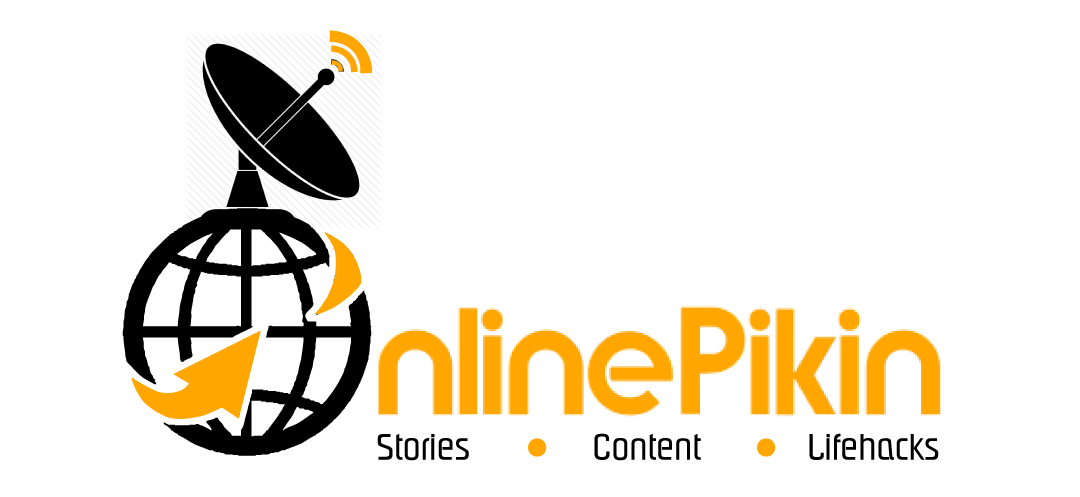






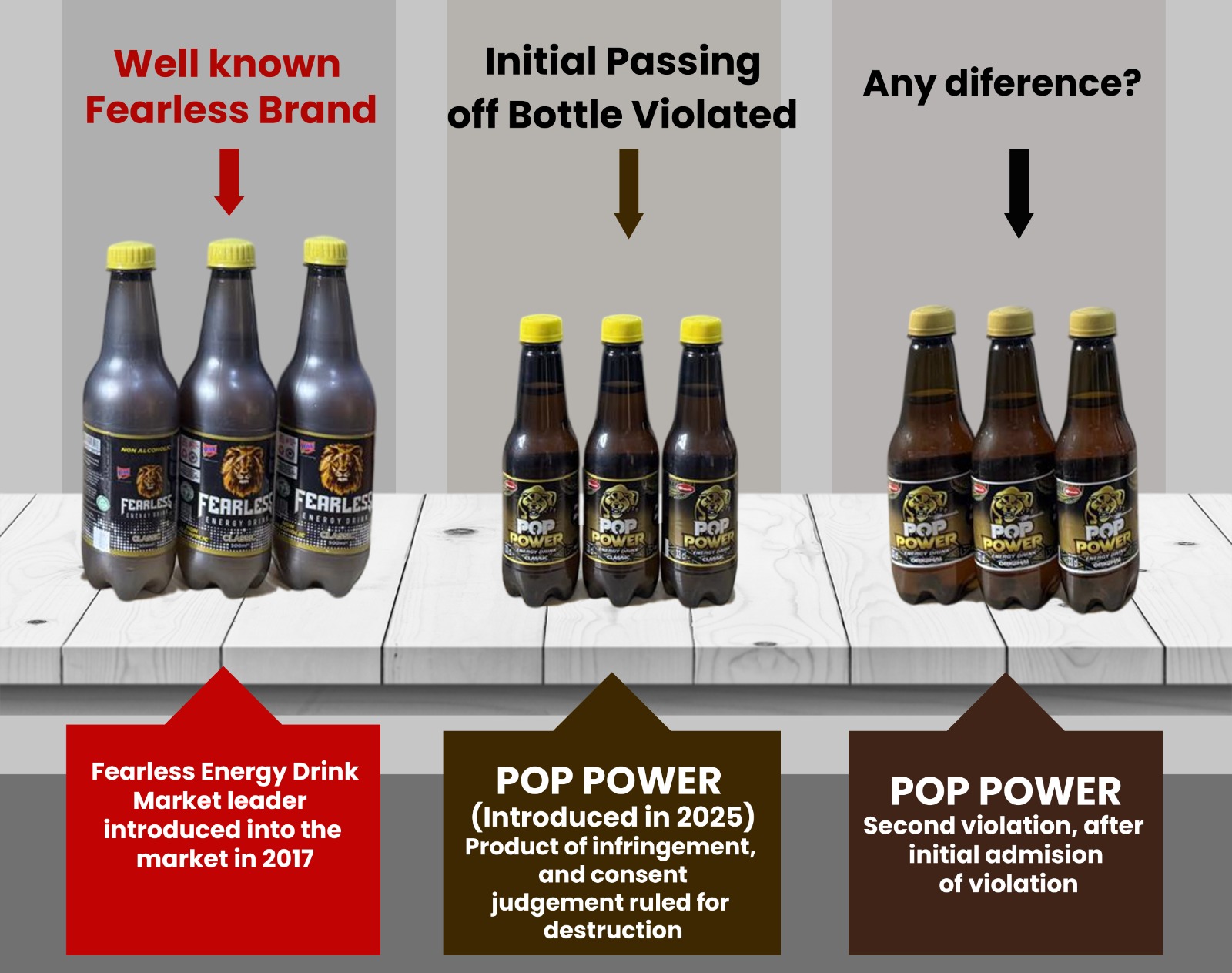





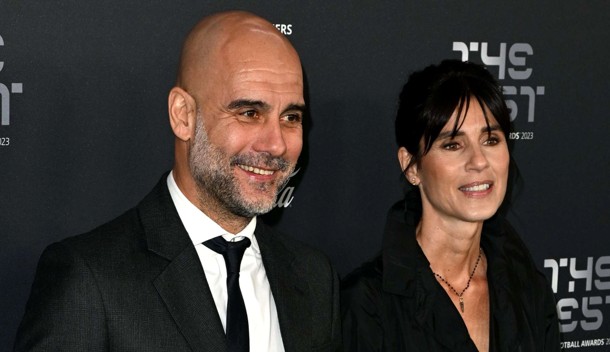










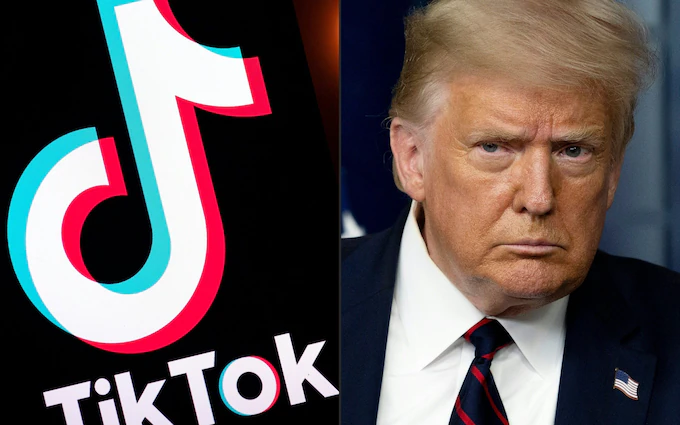
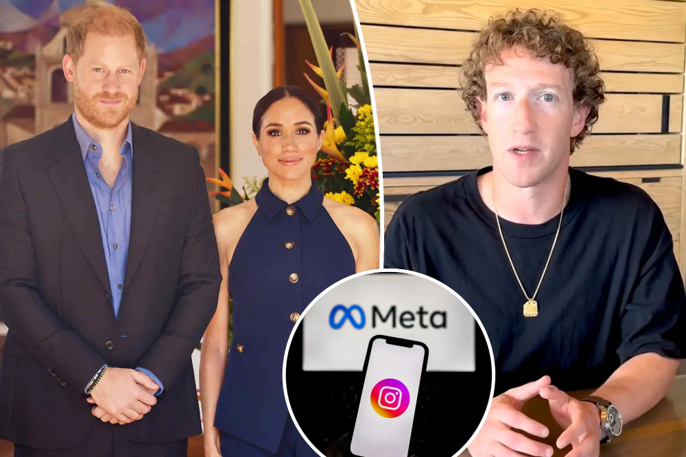


Leave a Reply